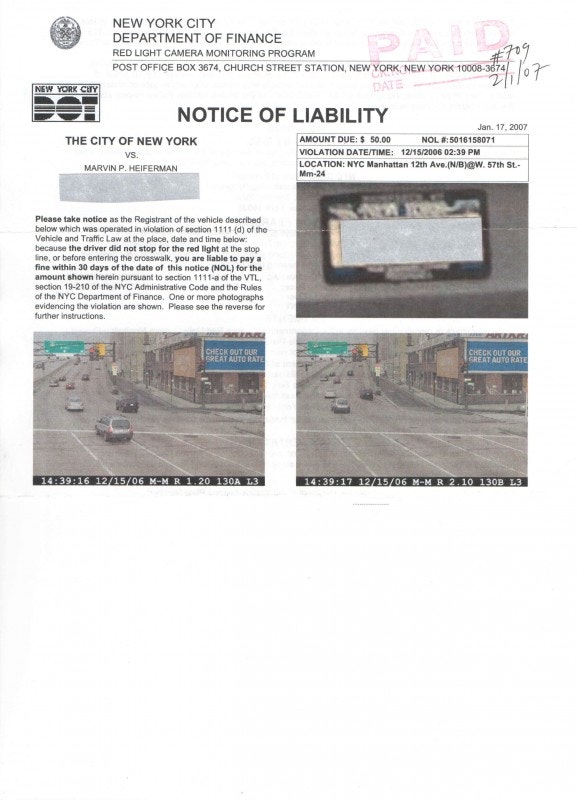This passage is a reminder, if we need another one, that most of us are or end up as subjects of photographic surveillance. Cameras will slide down our throats and be pushed up into our bowels. We will, for no or good reason, be photographed when and wherever we gather: on sidewalks; at events, meetings and demonstrations; in offices, stores, stadiums, airports, schools, elevators, and in our cars. If it were possible to collect and string together the images of us as we move through the world, the result would be an extended, time-lapse tracking shot of life in the panopticon, no longer an architectural concept or dystopian fantasy, but where we now live.











